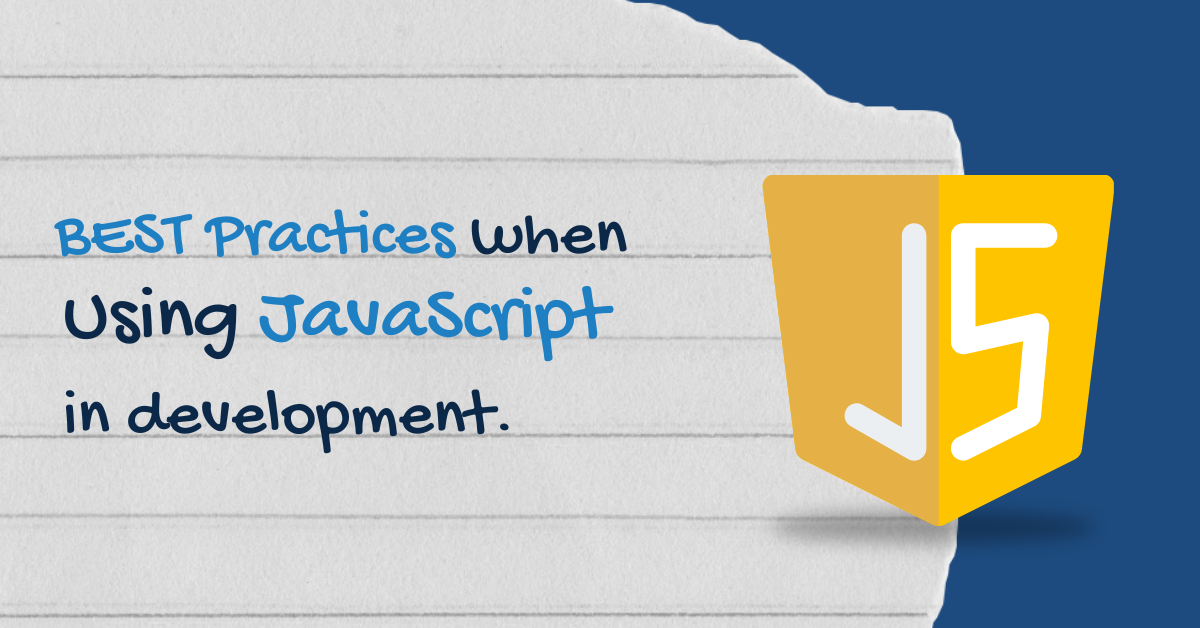
Fun fact: did you know that the first version of JavaScript was called Mocha? Programmer Brendan Eich invented Mocha in 1995. He created it for Netscape, a digital communications company that sought to break away from the visual blandness of standard HTML and develop webpages with interactive and dynamic features. Later, the name changed to what’s known today as JavaScript.
After Eich completed JavaScript, object-oriented language rapidly became a globally accepted coding method. More than 10 million developers — over 65% of all developers and over 90% of all websites — use and implement JavaScript.
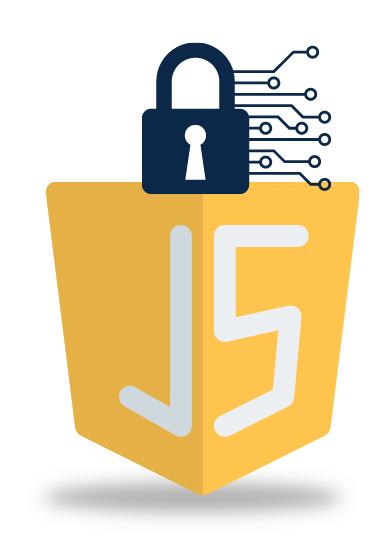
One of JavaScript’s unique features is that it uses an open source format for code distribution, meaning it’s visible to anyone with webpage access. However, while open source has advantages, its transparency creates security risks, as the code is easy to search for weaknesses and then hack. To combat this, developers can familiarize themselves with best practices and decrease the risk of security breaches.
Secure coding can be critical. For example, the average data breach costs a business $4.2 million. Because of this, maximum protection and code obfuscation are essential in JavaScript development for browser pages, in-app content, and third-party APIs. To help businesses worried about the security of their code, PreEmptive offers best-in-class protection and support for all major frameworks.
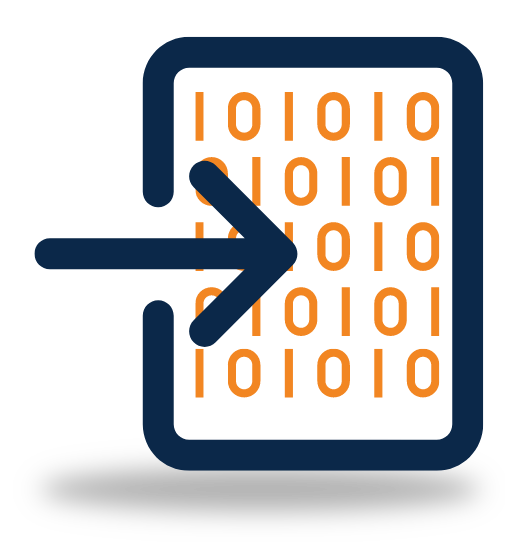
Input sanitization is vital to protect source-scripted languages like JavaScript. Web attackers use open source code to inject malicious scripting into a website, an attack known as cross-site scripting. Once users log onto a website, the attacker’s script records victim data and then transfers it back.
Using input sanitization applications to monitor source scripting is critical to preventing these attacks. These applications examine untrusted sources and expose potential attacks. In addition, each character of code is run through a security check, eliminating unnecessary and potentially harmful add-ons. For additional security, it’s also a good idea to enable strict mode whenever possible.
PreEmptive’s JSDefender software provides code obfuscation tools that make hacker manipulation extremely difficult and help prevent attacks before they occur.
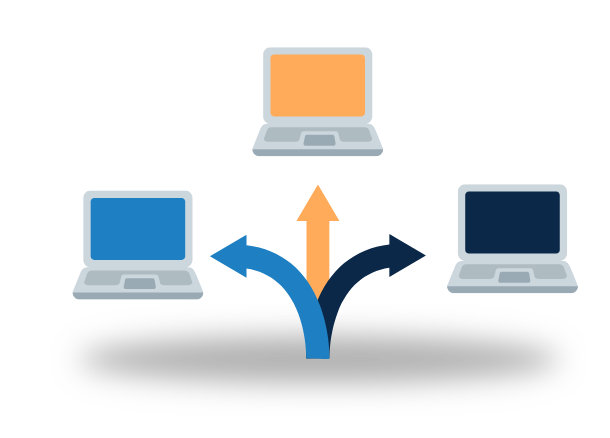
An application programming interface (API) is a messenger that transfers data requests between applications, databases, and devices. Most APIs use JavaScript because it removes the complexity in back-end development. However, developing with JavaScript means that the code is accessible.
The world’s largest tech companies — such as Google, Meta, and Twitter — offer third-party API integration to web builders, which speeds up the development process and saves money. However, although APIs provide many benefits to web builders, programmers must practice caution when using them. Failing to vet APIs properly can result in poor user quality and leave a site vulnerable to nefarious activity.
To defend a website’s users and data, use only APIs that have been tested and verified. Thoroughly examine the implementation documents for details regarding data usage, functions, and restrictions. Ensure that all APIs came from and were tested by a well-accredited source.
Finally, check each API for its security policy and reputation. Not every API comes with the same level of security. Key elements like encrypted connections and strict data protection aren’t guarantees, so scrutinize every API before applying it to a website.
Even after installing APIs, companies must continue monitoring for unwanted and malicious behavior. Using PreEmptive’s application protection services is a great way to keep critical APIs secure and free of problems.

The worst thing a business can lose is customer trust, and more and more consumers use phones to conduct online transactions via mobile apps than ever before. Applications are crucial to forming an accessible and appealing mobile environment, and protecting digital infrastructure is paramount. For maximum security, any app that deals with sensitive and private user data should undergo app hardening.
Web developers can implement app hardening through multiple methods. Data and code obfuscation prevents hackers from interpreting sensitive data or entering an app and reverse engineering it to the source code. It does this by renaming code and replacing certain identifying factors that make it difficult to decipher.
Anti-debugging is another method to thwart hacking efforts. For example, online criminals use debuggers to examine app vulnerabilities, and app hardening can detect the presence of debuggers and block them.
PreEmptive offers top-grade app hardening and anti-tampering solutions. Overall, app protection significantly increases online trust among users, prevents security threats, and reduces the risk of major financial loss.
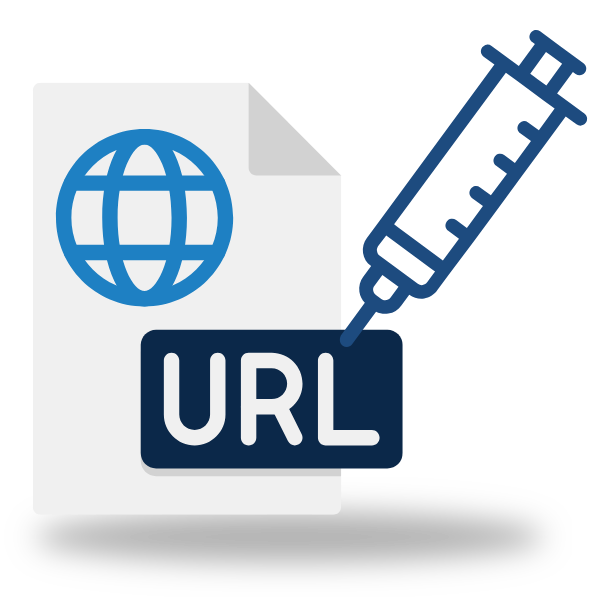
A URL injection is when a hacker codes a malicious page onto a business’s website. These pages are designed to reroute users to a different site where their protected data is harvested.
URL injections are possible because of weaknesses in anti-malware and source codes. These weaknesses give nefarious actors access to a site’s coding, allowing them to perform injections freely. Furthermore, once they’re set up, the pages are hard to identify as they steal personal and financial information.
These URL injections are why programmers need to check their sites for compromised pages continually. One way to check for URL injections is by using the Google Search Console or specific URL injection tools. Once the URL is identified, the page’s coding and data source are altered to add a layer of protection. However, programmers must implement additional firewalls and monitor source code for vulnerabilities to prevent these attacks.
Additional measures, such as data/coding obfuscation, are critical to addressing and preventing URL injections. Using encrypted coding, strict detection, and anti-tampering software is the only way to consistently protect a site from URL injections.
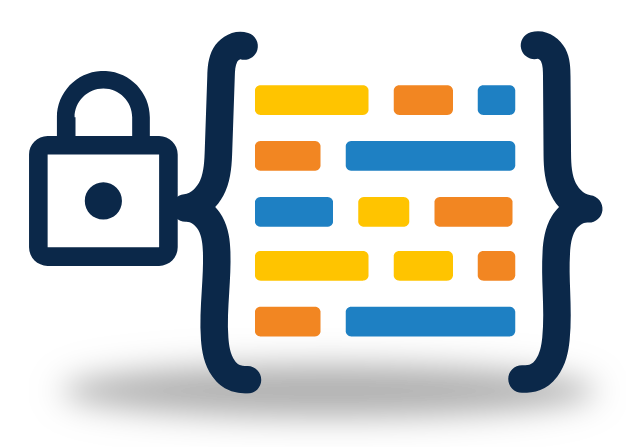
Through awareness and implementation of best practices, developers construct safer coding environments and build trust with their user bases — trust that may hold enormous financial consequences. To guarantee this, many website owners choose to boost security by partnering with cutting-edge defense applications.
For powerful code protection, try PreEmptive’s professional-grade JSDefender application. Learn more about this wide range of data protection services and sign up for a free quote.